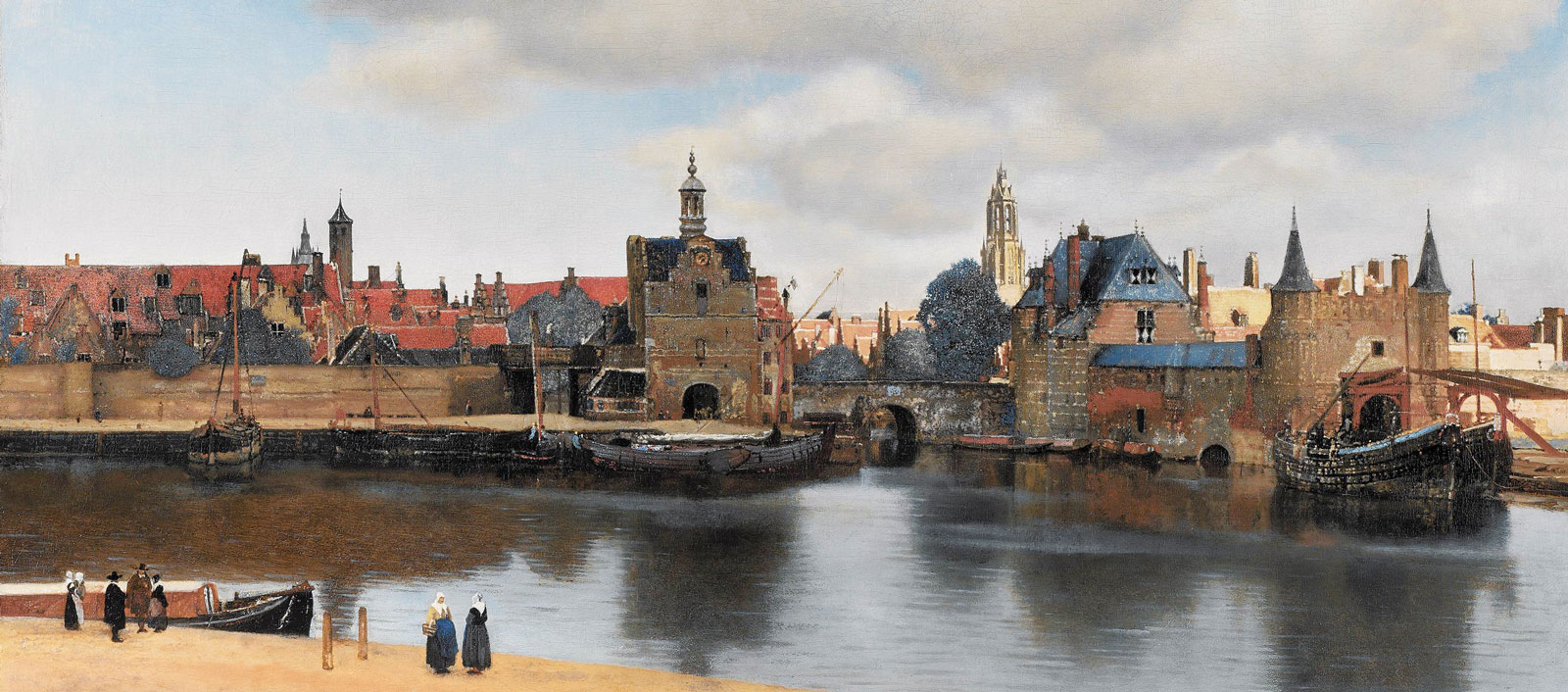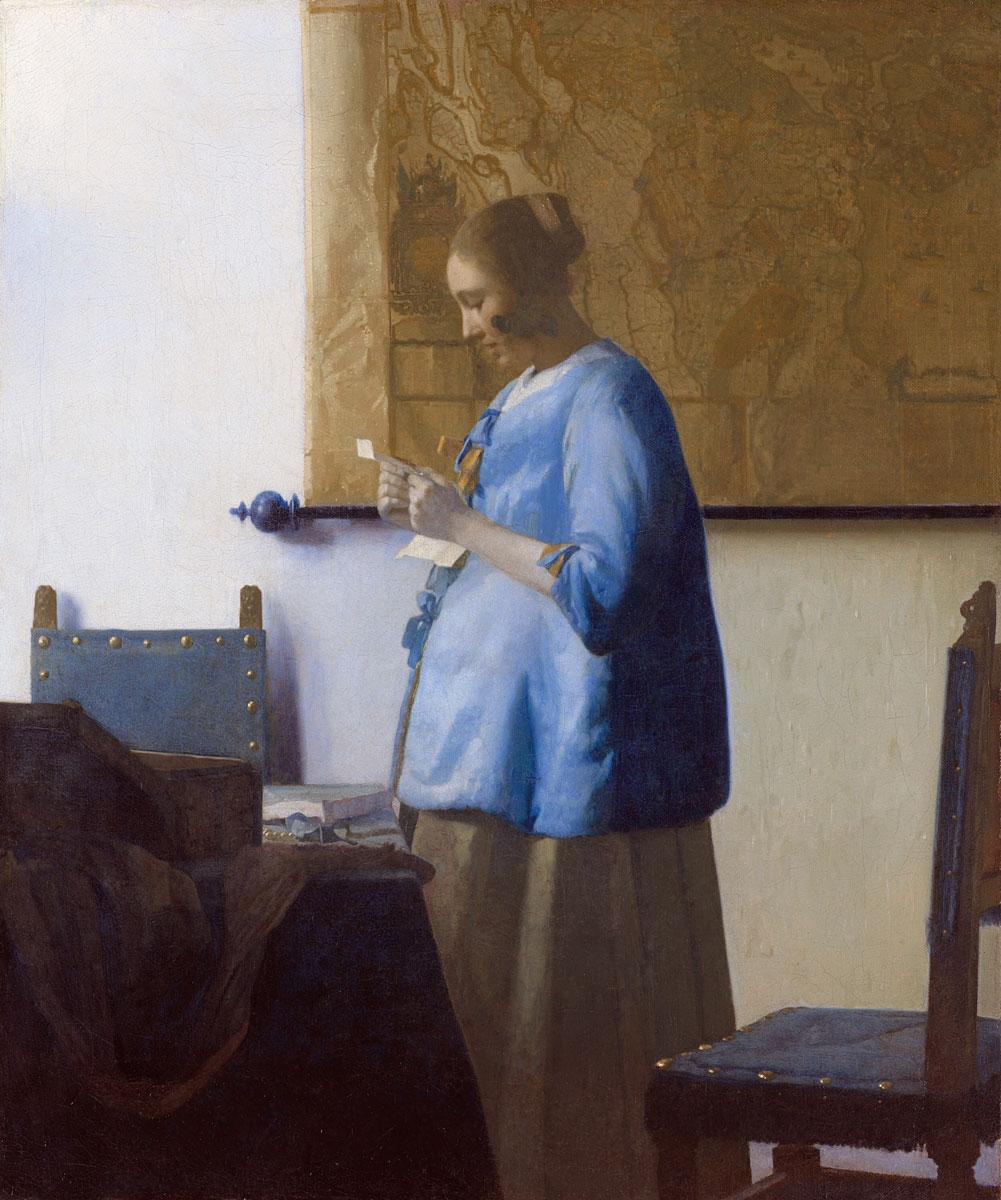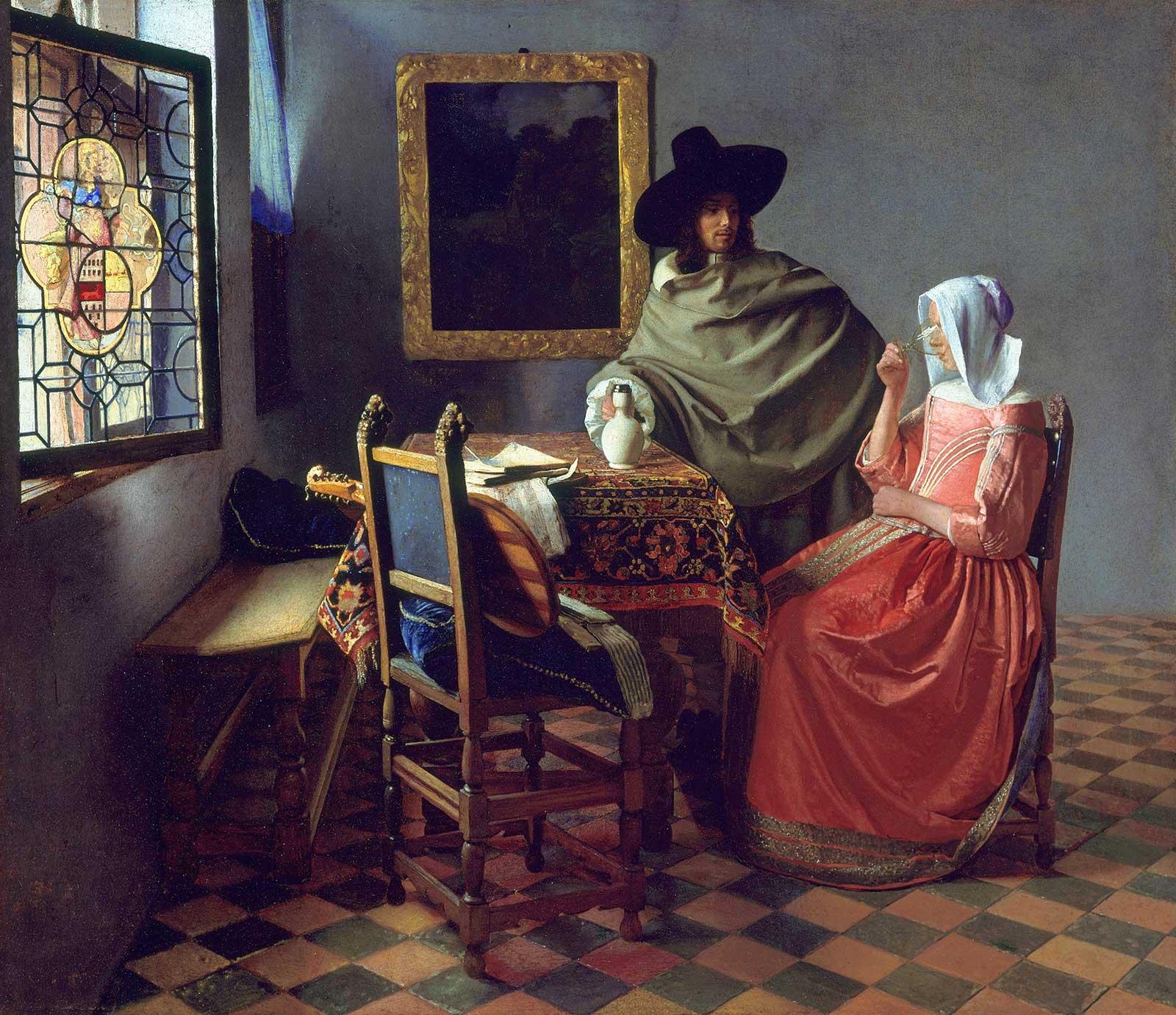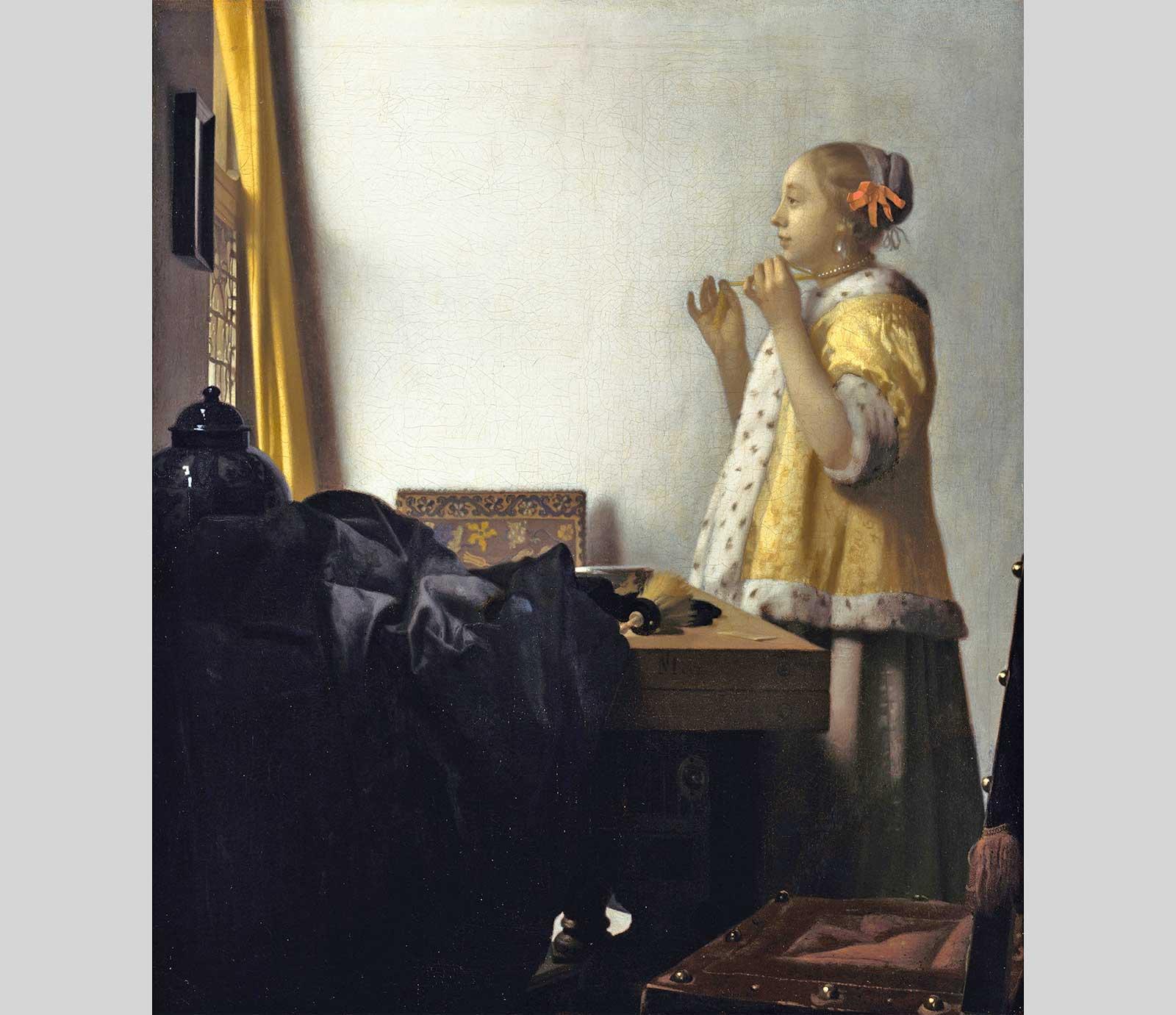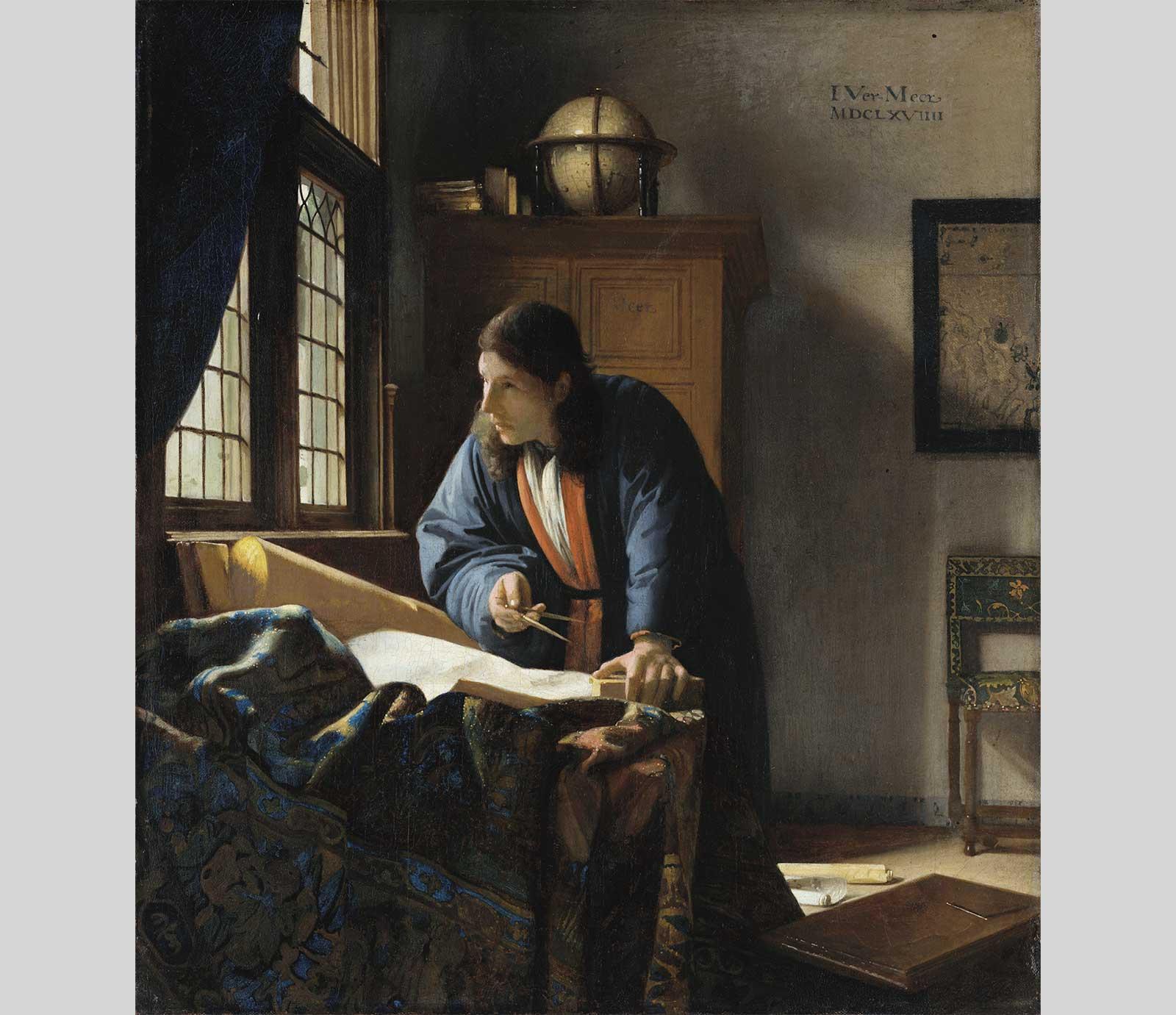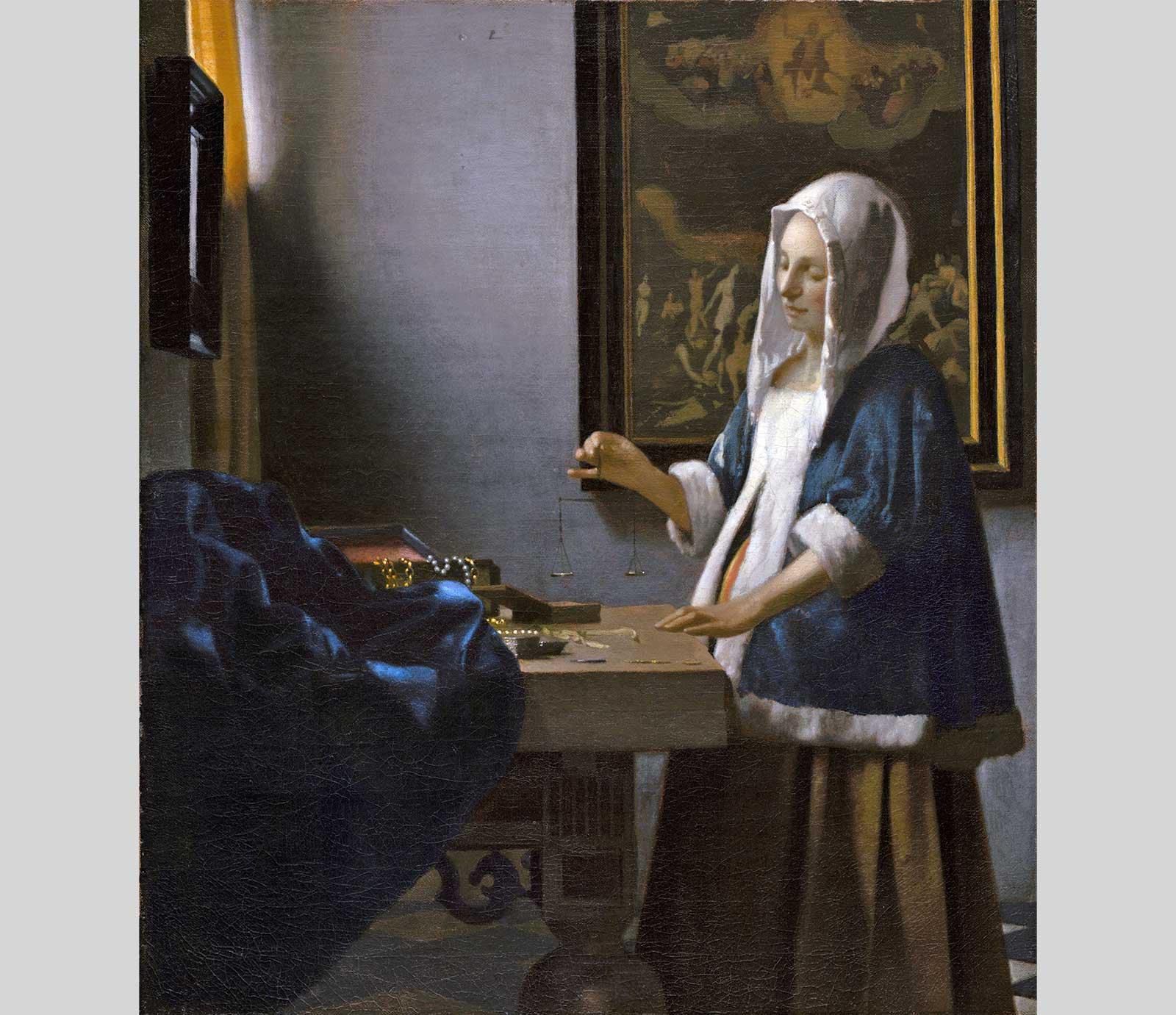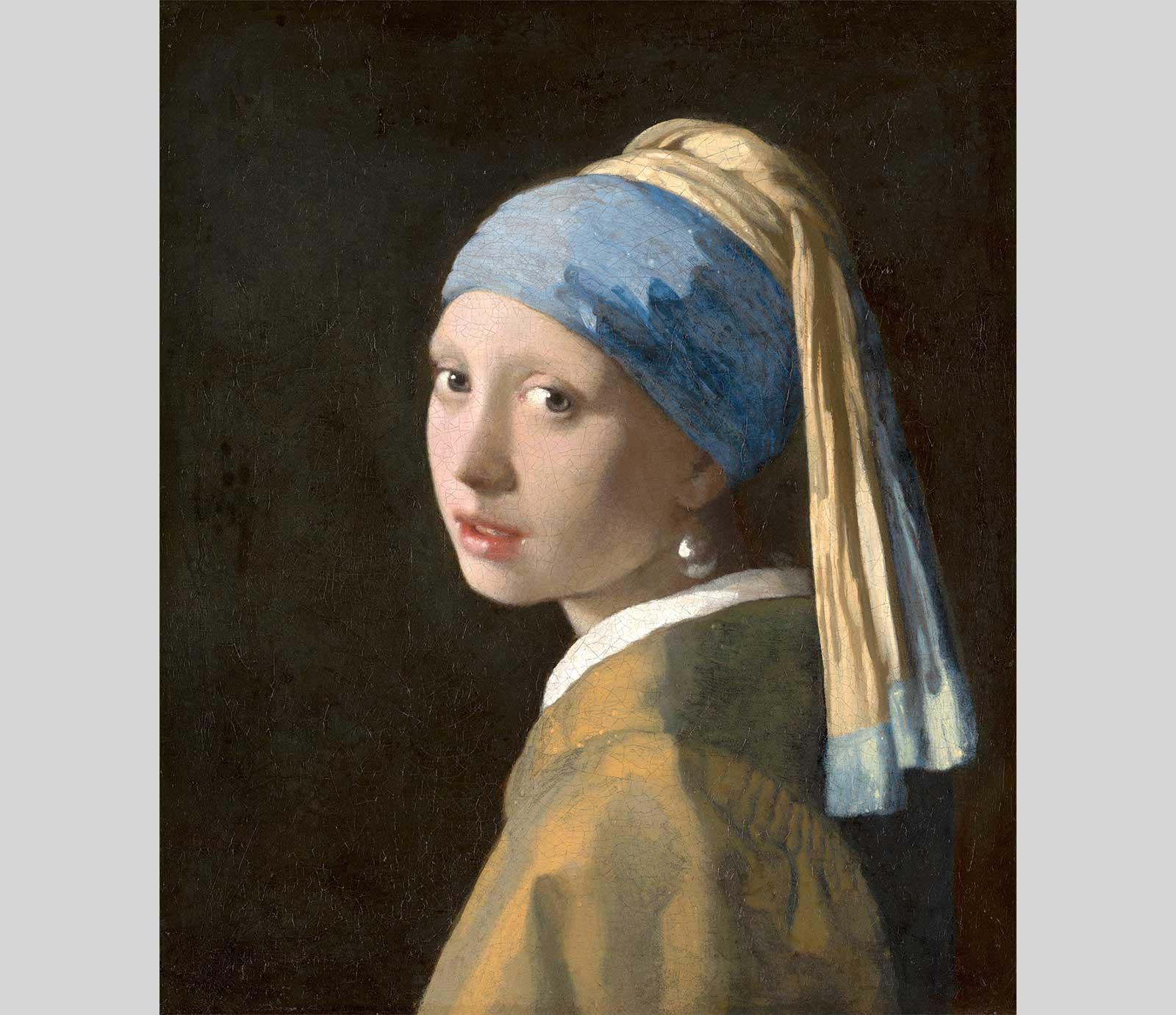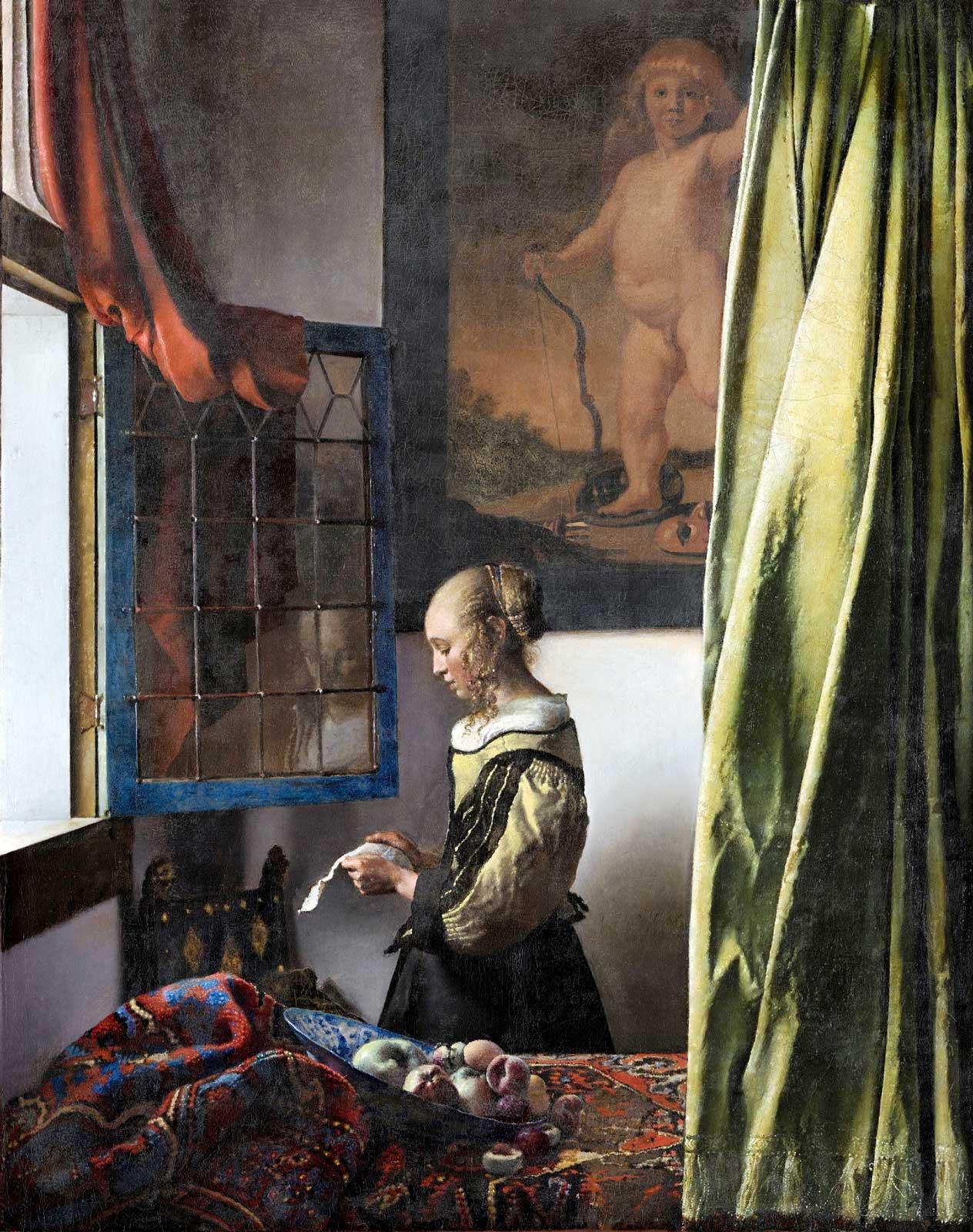In a world of information saturation and loud exclamations on the latest and greatest, the current Rijksmuseum’s exhibition is a rare and welcome encounter into a small, quiet world. Perhaps this is why viewers have been drawn to Johannes Vermeer for centuries. His paintings are silent and still, beckoning us to come in close and be still. He stops time.
Picasso painted 13,500 paintings; Van Gogh 2,100; Matisse over 1,000. Vermeer, 37 paintings. Just enough. The Rijk in Amsterdam has gathered 28 of these paintings, now on view until June 4. The largest Vermeer exhibition ever staged. 450,000 tickets have been sold, crashing the museum’s website every time tickets were made available. The show is sold out now, but the director is looking to open up some evenings to accommodate more visitors.
In a collaboration between the Rijksmuseum and the Mauritshuis museum in The Hague, as well as loans from around the world, the exhibition includes paintings Vermeer produced over 20 years of his life, between 1654 and 1674. The show includes the masterpieces; The Girl Interrupted at Her Music, Officer and Laughing Girl, and Mistress and Maid, lent by the Frick; The Girl with a Pearl Earring (Mauritshuis, The Hague), The Geographer (Städel Museum, Frankfurt am Main), Lady Writing a Letter with her Maid (The National Gallery of Ireland, Dublin, Woman Holding a Balance (The National Gallery of Art, Washington DC), The Glass of Wine (Gemäldegalerie, Berlin), Young Woman with a Lute (Metropolitan Museum, NYC) and The Lacemaker (Louvre, Paris).




